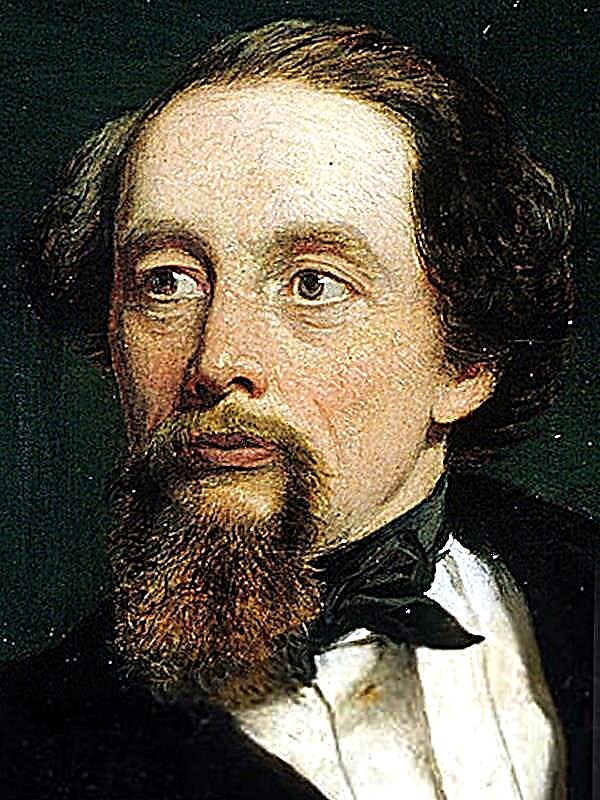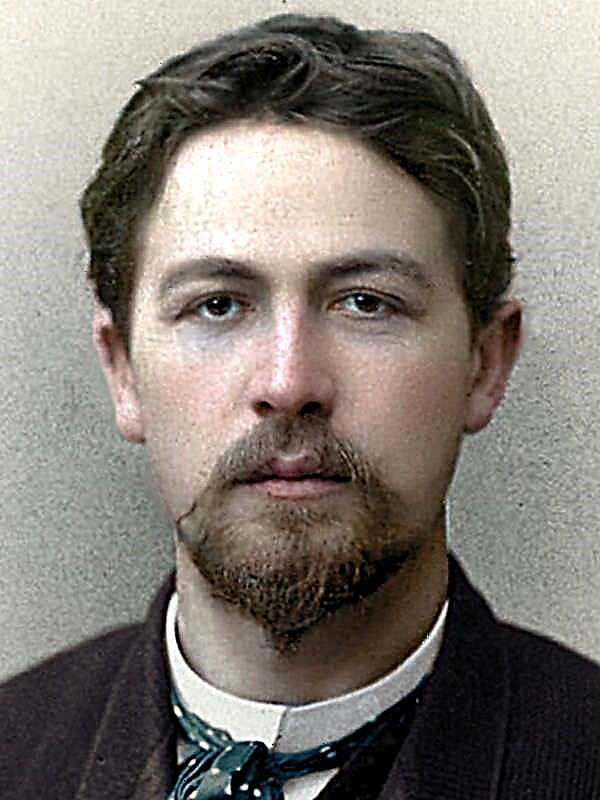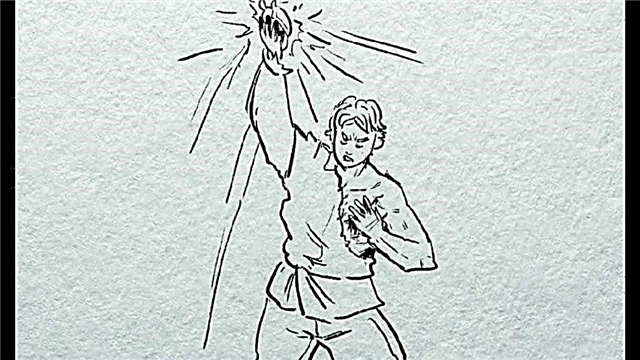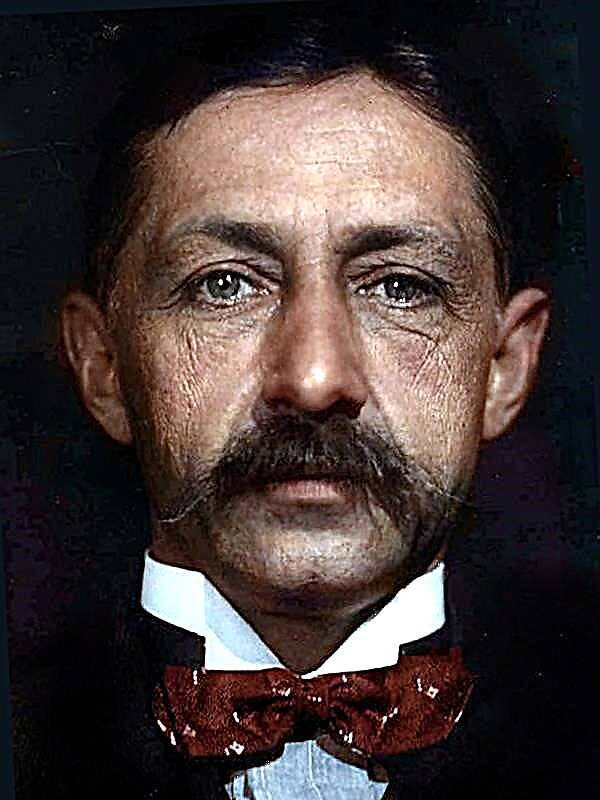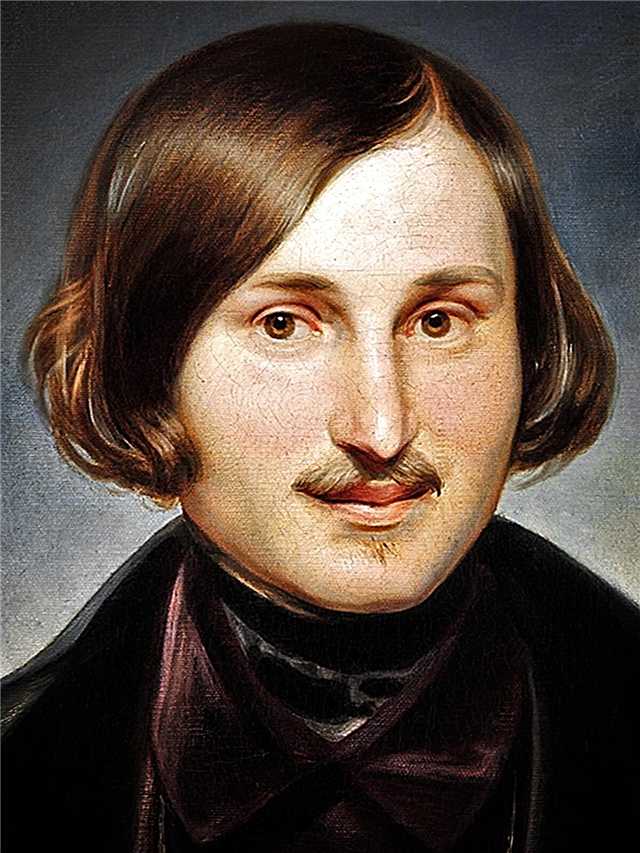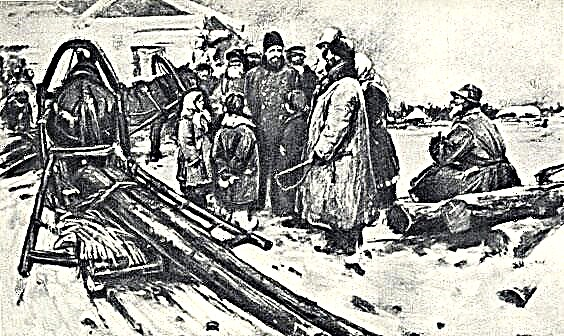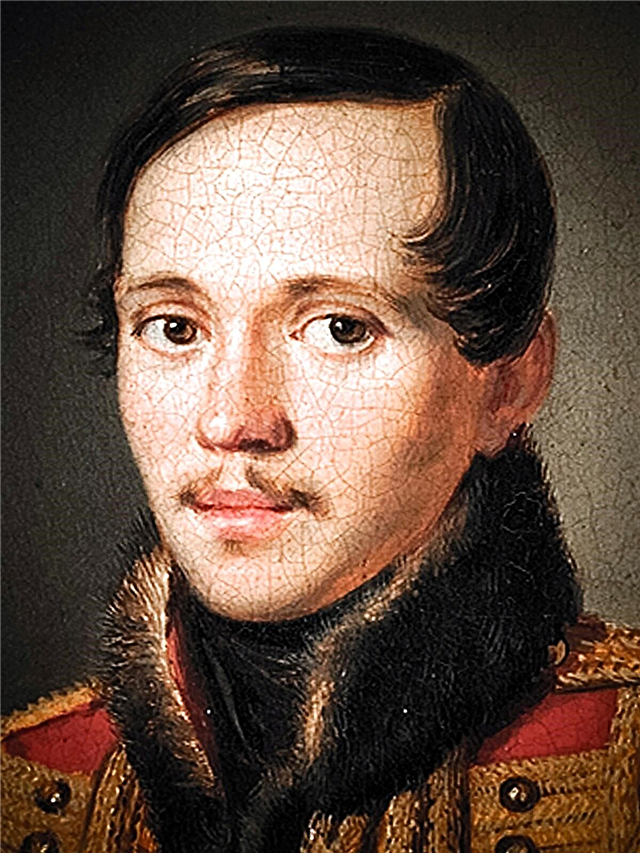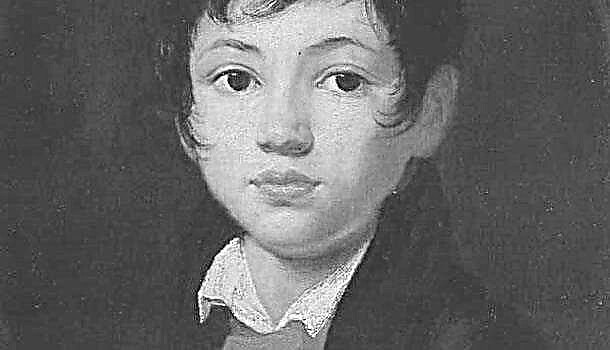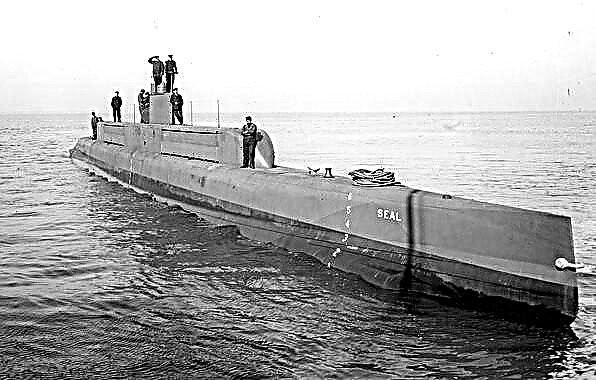Anton Pavlovich Chekhov is one of the most popular Russian authors abroad. He received the greatest fame as a playwright. His plays Cherry Orchard, The Seagull, Three Sisters, Uncle Vanya, undoubtedly, are classics of world literature. However, this is far from the only facet of his talent. We have known his stories since childhood, sometimes without even realizing who their author is. Anton Pavlovich wrote a lot for children, but they are the most severe critics.
Chestnut
Perhaps the most popular children's story by Chekhov, which was even filmed by Soyuzmultfilm studio in 1952. The dog loses its owners and ends up on the street. Soon she gets into the house of a stranger, who turns out to be a clown. Kashtanka becomes Aunt, gets acquainted with a cat, a pig and a goose, prepares for her circus debut. But in the arena, she recognizes her former owners in the auditorium and returns home.
The same situation happened in real life with the trainer Vladimir Durov, who told Chekhov about her. Here is what he wrote about it:
This story happened to me. That I found Kashtanka; I trained her and performed with her, and I told Anton Pavlovich Chekhov about her. But now I won’t talk about Kashtanka: it’s better not to write Chekhov to me.
White-breasted
Another story about a puppy nicknamed Beloloby for a white triangle on his forehead. One night, a she-wolf dragged him away, mistakenly mistaking him for a lamb. He stuck behind her, fell into the den of the wolf cubs and played with them. Several times the she-wolf wanted to eat a puppy, but could not stand the smell of a dog. Running after her to hunt, White-Faced raised barking near human habitation, leaving the she-wolf again with nothing.
The story was published by Chekhov in the collection "Children's Reading" in 1895. And in 2010, he was filmed by director Sergei Seregin in the animated film of the same name.
Chameleon
Many children's writers depict the world of adults with the help of the animal world, and Anton Pavlovich, in this case, is no exception. In his stories, as a rule, the title contains a reference to one or another representative of the animal world, helping to understand what the author wanted to tell us.
The story "Chameleon" tells the story of police overseer Ochumelov, who is trying to figure out the hype in the market square. Some dog inflicted “severe injuries” on Khryukin’s finger, and Ochumelov needed to take appropriate measures. But the trouble is that the crowd cannot determine whether it is a stray dog or a general’s one, and the poor man, just like a chameleon, changes his directions, not paying any attention to objective arguments.
Kids
One of Chekhov's best stories, according to Leo Tolstoy. It was written in 1886, after a meeting with Colonel B.I. Mayevsky and his charming children - Anya, Sonya and Alyosha.
The story is more like an observation sketch. Left at home without adults late at night, the children play lotto. In an adult, recklessly, noisy, provocatively. Chekhov very accurately manages to convey the subtleties of the features of children's characters.
The boys
Volodya Korolev - a 2nd grade schoolboy arrives home for the Christmas holidays. His friend Chechevitsyn also came with him, but for Volodya’s sisters he is Montigomo, Hawkclaw, the leader of the invincible. The boys kept whispering about something and behaving secretly. Eavesdropping on their conversation, the girls find out that they were planning an escape to America. But the plan cannot be implemented; they are returned home from the Gostiny Dvor of the nearest city.
Another short story is a reminder of the world of childhood, where anything is possible, if you wish. Friends are always that with them even to the ends of the world. Escape to America is easy, and the girls spoil the boys all plans. All horizons are open to children's imagination, and Chekhov reminds us of the lost ability to dream unlimitedly.
Vanka
Another story that happened on Christmas Day. Nine-year-old Vanka Zhukov writes a letter in which he complains to his grandfather about the unbearable life of the shoemaker Alakhin, in whom he lives as a student. The owners offend the boy, and the apprentices belong to the village newcomer with malice. In the letter, he recalls life with his grandfather in the village and the young lady who taught the kid to read and write. Vanka asks grandfather to come and pick him up, and signs the envelope "to the grandfather’s village."
The story is not like other works of Anton Pavlovich by the lack of humor and a touch of sadness. The fate of the unfortunate boy, for whom the New Year miracle does not happen, deeply touches every reader, makes you worry and sympathize.
One simple conclusion follows from the selection: Chekhov writes for everyone. About big and small, about people and animals, about joy and sadness. For children, his stories are a kind of timeless encyclopedia about the adult world. And for adults - a guide to forgotten childhood trails.

